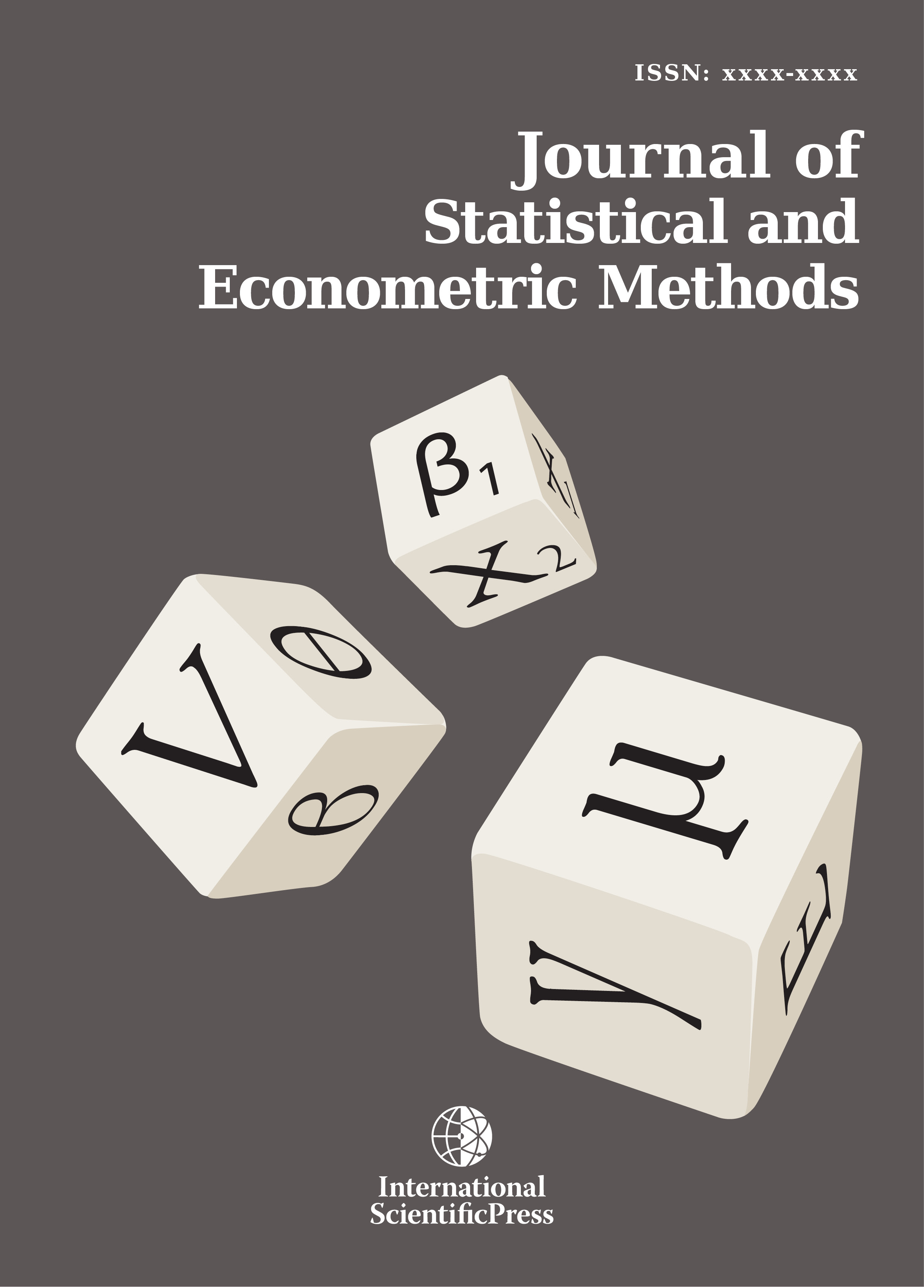Journal of Statistical and Econometric Methods
EGARCH, GJR-GARCH, TGARCH, AVGARCH, NGARCH, IGARCH and APARCH Models for Pathogens at Marine Recreational Sites
-
 [ Download ]
[ Download ]
- Times downloaded: 26797
Abstract
The environmental literature lacks the use of volatility based models for environmental stochastic processes. To overcome this deficiency, we use EGARCH, IGARCH, TGARCH, GJR-GARCH, NGARCH, AVGARCH and APARCH models for functional relationships of the pathogen indicators time series for recreational activates at beaches. We use generalized error, Studentís t, exponential, normal and normal inverse Gaussian distributions along with their skewed versions to model pathogen indicator time series. Generally speaking, turbidity, rainfall, dew point, river flow and cloud cover are significant variables. EGARCH, TGARCH, NAGARCH and AVGARCH are not radically different from each other in their output. However, TGARCH could be marginally better than the rest of models in capturing response of the pathogen indicator variable. Evidence supports some sign bias effect of the shocks. Dry weather and wet weather conditions of the same magnitude seem to have disproportionate effect on pathogens. Nyblom test shows that the estimated parameters are stable.
